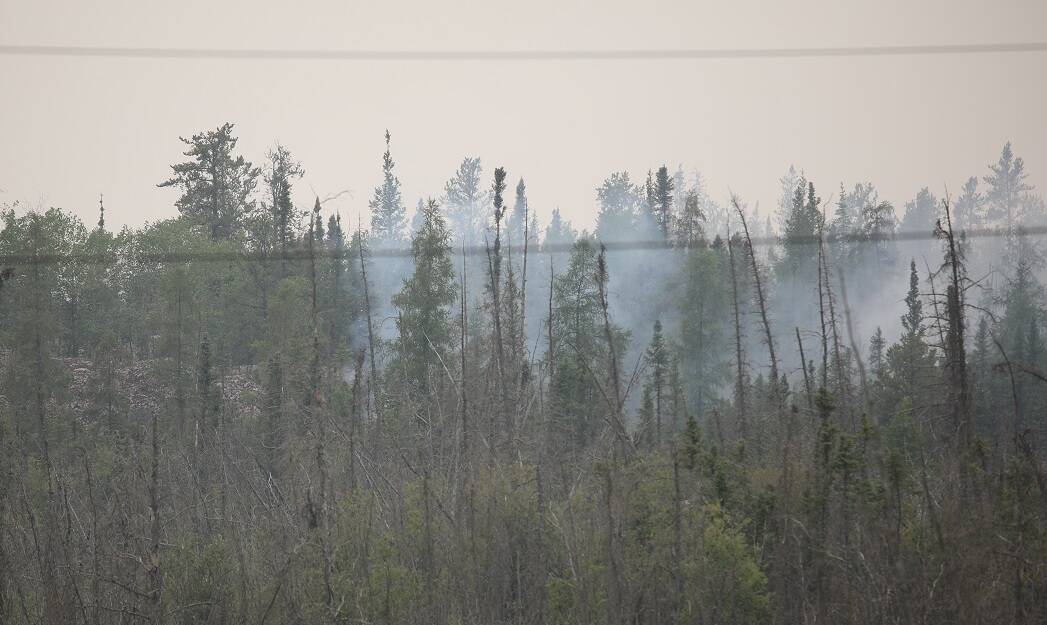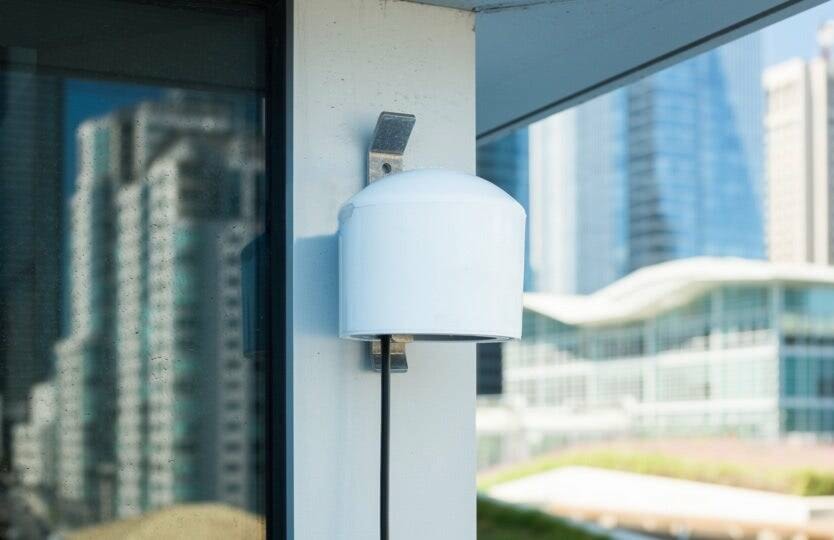The NWT’s chief environmental health officer has issued a public health advisory regarding the air quality in several communities around the territory.
Chirag Rohit issued the advisory on Monday for communities in the South Slave, Dehcho, Beaufort Delta, Sahtu and North Slave regions as multiple areas are experiencing increased levels of fine particles in the air, know as PM2.5, because of smoke from wildfires.
PM (particulate matter) 2.5 is defined as fine particles that have a diameter less than 2.5 micrometres, more than 100 times thinner than a human hair, and remain suspended in the air for longer durations.
The main health risk with PM2.5 is that they can travel deep into the respiratory tract, reaching the lungs and entering the blood stream.

To help measure air quality this for this wildfire season, the Department of Health and Social Services (HSS) set up monitors from PurpleAir, a company based in Utah. The monitors have been placed in various areas to get an idea of what it’s like.
Andrew Wind, acting manager of communications with HSS, said that the department purchased the monitors and that they were placed around the NWT in partnership with various communities.
For example, there are monitors set up in Yellowknife, Ndilo and Dettah. The monitor at Franklin Avenue and 52 Street had a reading of 88 at 3:30 p.m. Tuesday afternoon. According to PurpleAir, that number means air quality was acceptable, but people may feel some effects within 24 hours. The monitor at the Yellowknives Dene First Nation’s community wellness office in Ndilo read 91 at around the same time, putting it in the same category as the one in Yellowknife.
By contrast, the monitor in Kakisa had a reading of 162 at 12:30 p.m. Monday afternoon. A reading that high would put the public at risk within 24 hours, while those with health issues would be more seriously affected.
Rohit stated that exposure to smoke is highest in people who are physically active outdoors, including outdoor workers, with symptoms such as sore eyes, tears, cough, and runny nose. People at risk of more severe health impacts include young children and the elderly, people with diabetes, lung or heart conditions, and potentially pregnant women.
He also stated people could use portable air cleaners in small rooms to help reduce the fine particulates and other pollutants that may enter their homes from the outdoors.
People should follow the manufacturer’s operation and maintenance manual for their portable air cleaners including the changing and replacement of the filters or adsorbents for their unit.
